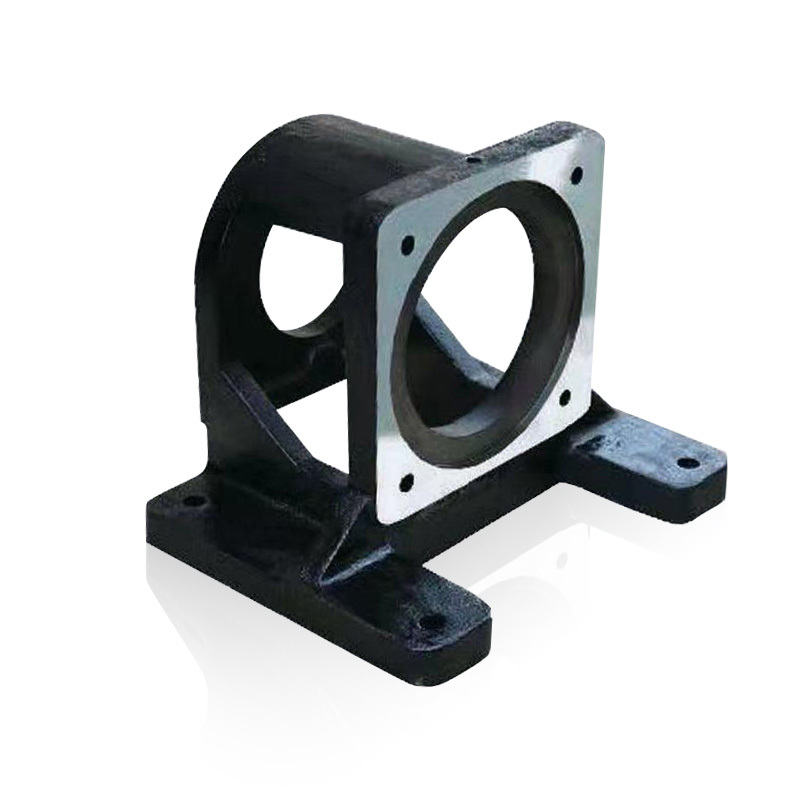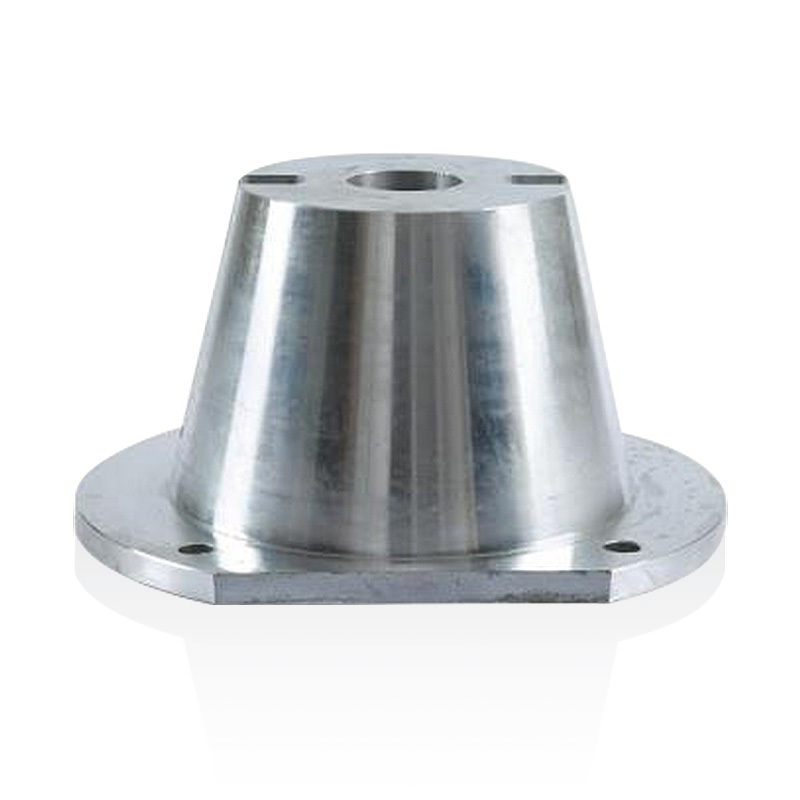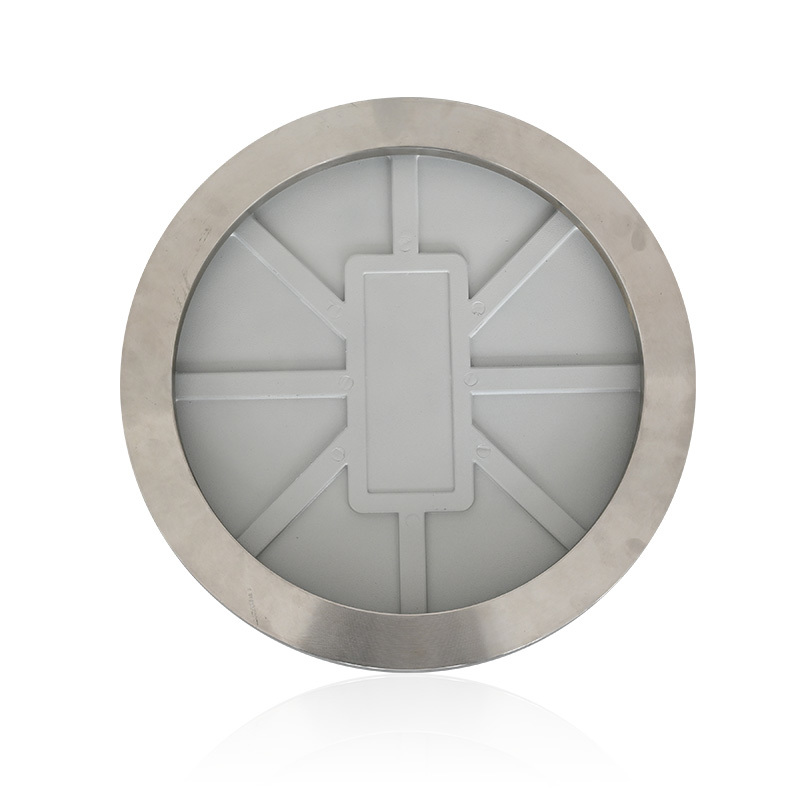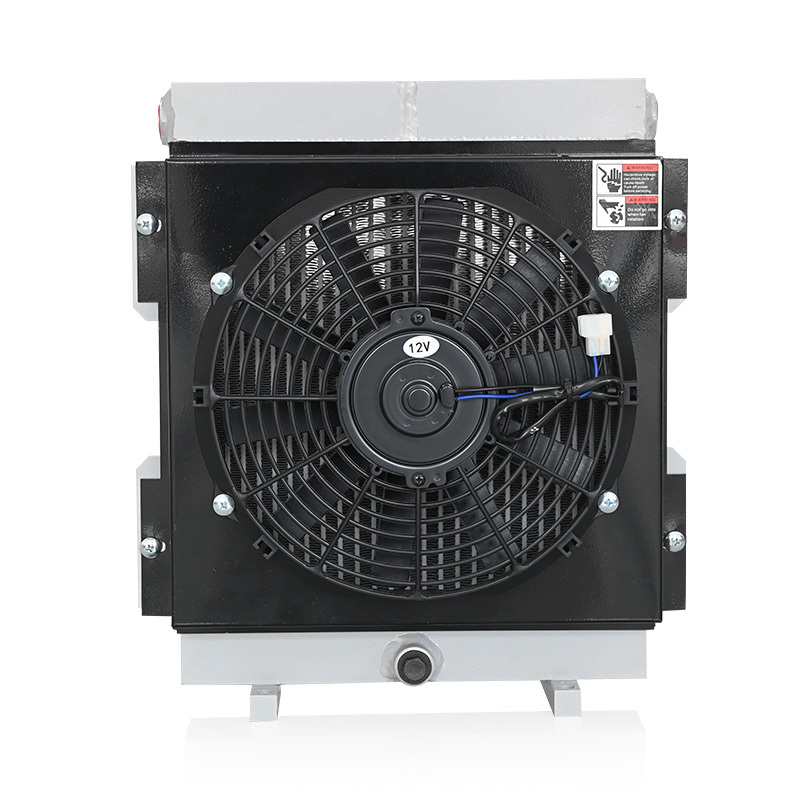Why Lip Seals Matter in Hydraulic Oil Tank Cleaning Covers: A Comprehensive Guide
Release Time:
Jun 24,2025
Why Lip Seals Matter in Hydraulic Oil Tank Cleaning Covers Hydraulic systems are essential in various industries, including automotive, manufacturing, and construction. A critical component that ensures these systems operate smoothly is the lip seal. In this article, we will delve into why lip seals matter in hydraulic oil tank cleaning covers, exploring their functionality, benefits, and maintena
Why Lip Seals Matter in Hydraulic Oil Tank Cleaning Covers
Hydraulic systems are essential in various industries, including automotive, manufacturing, and construction. A critical component that ensures these systems operate smoothly is the lip seal. In this article, we will delve into why lip seals matter in hydraulic oil tank cleaning covers, exploring their functionality, benefits, and maintenance.
Understanding Lip Seals: Definition and Functionality
Lip seals are mechanical devices designed to prevent the leakage of fluids while allowing for rotational or axial movement. They consist of a flexible lip that forms a tight seal against the shaft or housing. The primary purpose of lip seals is to keep hydraulic fluids contained within the system, thus preventing contamination and maintaining pressure levels.
The Structure of Lip Seals
Lip seals are typically made from elastomers such as nitrile, polyurethane, or silicone. Each material offers different properties suited for various applications.
- **Nitrile**: Excellent resistance to petroleum-based oils and fuels.
- **Polyurethane**: Known for its outstanding wear resistance and low compression set.
- **Silicone**: Ideal for extreme temperatures and offers excellent flexibility.
The design of lip seals often includes features such as:
- **Pressure Lip**: A sealing element that adapts under pressure to maintain a tight seal.
- **Dust Lip**: A protective barrier that prevents dirt and debris from entering the system.
- **Spring Mechanism**: Some lip seals are equipped with springs that apply additional pressure to enhance sealing effectiveness.
Role of Lip Seals in Hydraulic Systems
Lip seals are vital in hydraulic systems for several reasons:
1. **Leak Prevention**: Properly functioning lip seals prevent hydraulic fluid from leaking, which can lead to significant losses and environmental hazards.
2. **Pressure Maintenance**: They maintain the necessary pressure within the hydraulic system, ensuring optimal performance.
3. **Contamination Control**: Lip seals keep dirt, dust, and other contaminants out of the hydraulic fluid, protecting the system from wear and tear.
Importance of Lip Seals in Hydraulic Oil Tank Cleaning Covers
Hydraulic oil tank cleaning covers are crucial for maintaining the cleanliness and integrity of hydraulic fluids. Lip seals play a pivotal role in ensuring that these covers function efficiently.
Preventing Contamination During Maintenance
During hydraulic oil tank cleaning, it is essential to maintain a clean environment. Lip seals in cleaning covers prevent contaminants from entering the tank. This is especially important when replacing or cleaning filters, as exposure to foreign particles can compromise fluid quality and system performance.
Enhancing Operational Efficiency
By preventing leaks and maintaining pressure, lip seals contribute to the overall operational efficiency of hydraulic systems. When the cleaning cover is sealed effectively, the hydraulic system can work without the risk of fluid loss or contamination, ultimately leading to reduced downtime and maintenance costs.
Factors to Consider When Selecting Lip Seals
Choosing the right lip seal is crucial for ensuring the success of hydraulic systems. Several factors influence the selection process:
Material Compatibility
Ensure that the material of the lip seal is compatible with the hydraulic fluid. Different fluids can cause materials to degrade at varying rates, which can compromise the seal's effectiveness.
Temperature and Pressure Ratings
Each lip seal has specific temperature and pressure ratings. Selecting a seal that can withstand the operational conditions of your hydraulic system is essential.
Seal Design
Consider the design of the lip seal. Some applications may require a standard design, while others may benefit from a specialized design that provides additional features such as enhanced durability or contamination resistance.
Installation and Maintenance of Lip Seals
Proper installation and maintenance of lip seals are crucial for their longevity and effectiveness.
Installation Best Practices
1. **Clean the Surface**: Ensure the installation surface is clean and free of debris to facilitate a proper seal.
2. **Lubricate the Seal**: Applying a suitable lubricant can help prevent damage during installation and ensure a tight fit.
3. **Follow Manufacturer Guidelines**: Always adhere to the manufacturer's installation guidelines for optimal results.
Regular Maintenance Checks
Performing routine maintenance checks can help identify potential issues before they escalate. Look for signs of wear, leakage, or damage during inspections.
1. **Visual Inspections**: Regularly inspect the cleaning covers and seals for any signs of wear or damage.
2. **Fluid Quality Checks**: Monitor the hydraulic fluid quality to ensure that it remains clean and free from contaminants.
3. **Replace Worn Seals Promptly**: If any lip seals show signs of wear or failure, replace them immediately to prevent further damage to the system.
Potential Issues Caused by Worn or Damaged Lip Seals
Failure to maintain lip seals can lead to a variety of problems in hydraulic systems:
Fluid Leakage
Worn or damaged lip seals can lead to fluid leakage, which not only decreases system efficiency but can also pose environmental hazards.
Contamination Ingress
A compromised lip seal allows contaminants to enter the hydraulic fluid, leading to increased wear on system components and potentially catastrophic failures.
Increased Operational Costs
Leaks and contamination result in increased operational costs due to the need for more frequent maintenance, fluid replacement, and potential system downtime.
FAQs About Lip Seals and Hydraulic Oil Tank Cleaning Covers
What are the main functions of lip seals in hydraulic systems?
Lip seals primarily prevent fluid leakage, maintain pressure, and keep contaminants out of the hydraulic system.
How do I know if my lip seals need replacement?
Signs of wear may include fluid leaks, reduced system pressure, or visible damage to the seal. Regular inspections can help identify these issues.
What materials are lip seals made from?
Lip seals are commonly made from elastomers such as nitrile, polyurethane, and silicone, each offering different benefits.
Can I install lip seals myself?
Yes, but it’s crucial to follow manufacturer guidelines and ensure the installation surface is clean and lubricated to prevent damage.
How often should I check my hydraulic oil tank cleaning covers?
Regular inspections are recommended, ideally every few months, or more frequently if the system operates under harsh conditions.
Conclusion
In conclusion, lip seals play an indispensable role in the functionality and efficiency of hydraulic oil tank cleaning covers. Their ability to prevent leaks, maintain pressure, and protect against contamination is crucial for the longevity and performance of hydraulic systems. By understanding their importance, selecting the right materials, and adhering to proper installation and maintenance practices, we can ensure that our hydraulic systems operate smoothly and effectively. Prioritizing lip seal integrity not only reduces operational costs but also enhances overall system reliability, making it a vital consideration for anyone involved in hydraulic system maintenance.
Keywords:
You Can Also Learn More About Industry Trends


















